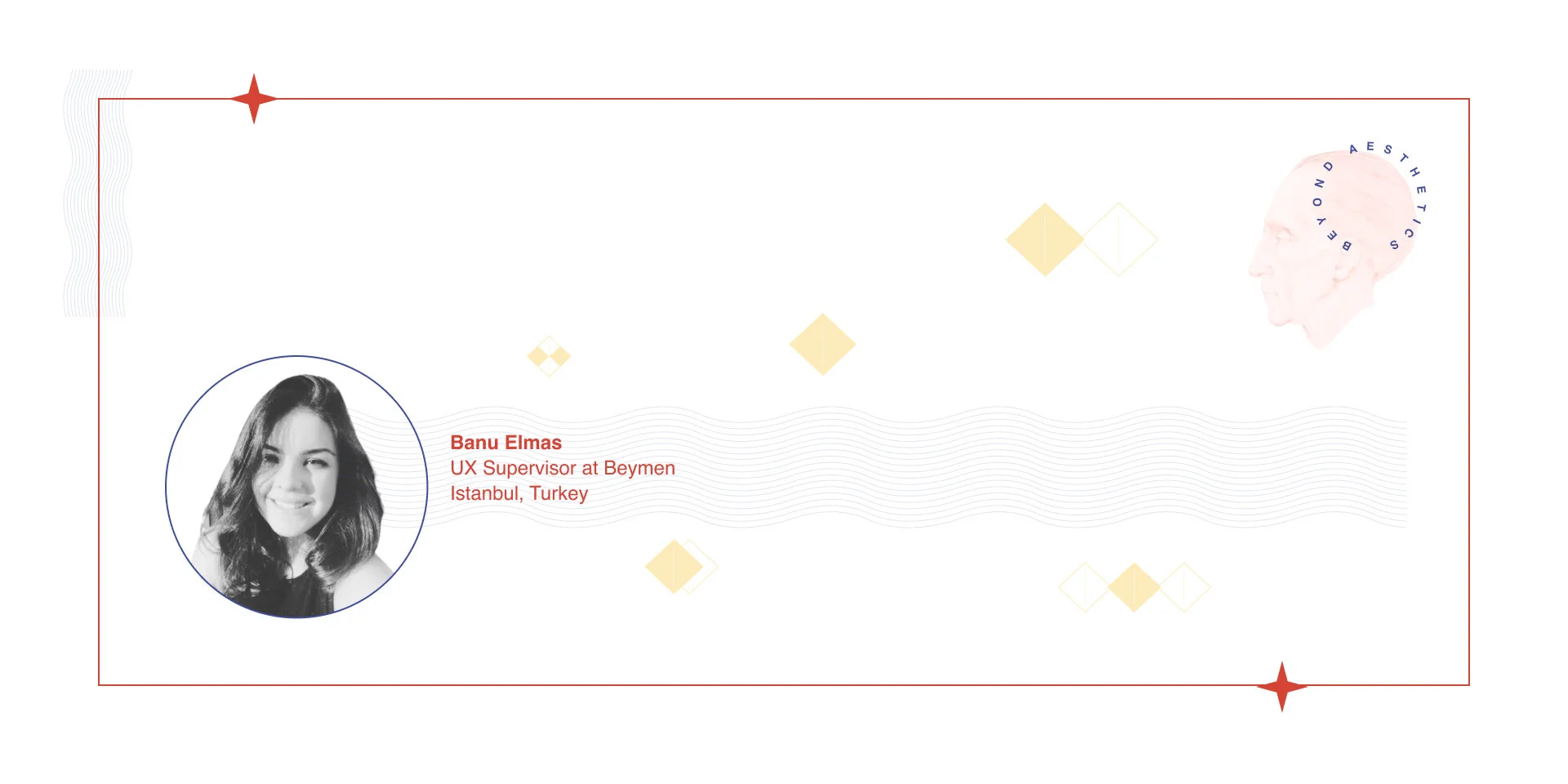Learning to Thrive in the Problem Space
Fountain Institute alumnus Banu Elmas tells us how a course from the Fountain Institute changed her understanding of the problem space. Banu is a UX Supervisor at Beymen, the leading fashion brand of Turkey.
Finding the right advanced course
As a UX designer, I know that we are working in a never-ending learning field, and we always need to take our career to the next level. I was confident in my experience and skills, and finding a training program to take me one step further was difficult for me. I knew how to design and use the design tools needed for it, and I also knew the practices and techniques of user research. Therefore, I needed an upper-level course.
“We have to answer some questions before going to the solution step, and the course content focused on problem framing, system thinking, design research, and design synthesis.”
The advanced UX course's curriculum exactly matched my expectations because it was beyond pixels. We have to answer some questions before going to the solution step, and the course content focused on problem framing, system thinking, design research, and design synthesis. These enlighten not what but why we are doing this and what should be behind the design decisions.
Trusting the process
During the course and while working on my final project, I was pretty sure that I was working correctly in the first diamond doing discovery. In fact, Jeff and Hannah made me realize how hasty and impatient I was in the transition to the second diamond, the solution phase. Whenever I started to produce a solution too early, they would return me to the first diamond. They guided me to understand the problem, research more, and focus on what lies behind the problem to evaluate it from different angles.
Even if we are sure of all our abilities and knowledge, we may not realize that we are doing something wrong or hasty in the process. It is very useful and valuable to do this by listening to other designers (my online classmates) who have different backgrounds in different sectors. It was also nice to collaborate with them in workshops under the guidance of course facilitators that are experts in user experience and training.
After using the course materials and research and workshop templates for my assignments and final project, I've decided to use them as a standard in my work and side projects out in the real world.
Designing for good
In the past, I’ve attended lots of workshops and training at conferences. I always wanted to design my own workshop and facilitate it, but I didn't really know how to plan something like that. After the classes on facilitating & co-creating, I designed and planned a workshop called "Designing for Good," which is ready to give today.
Please feel free to check out my workshop plan on Notion: Designing for Good
Learning with others
Everything I studied in the advanced UX course has taken me one step further, and to be honest, I learned more than I expected. The course facilitators and my classmates’ contributions made this collaborative course informative, inspiring, and fun!

